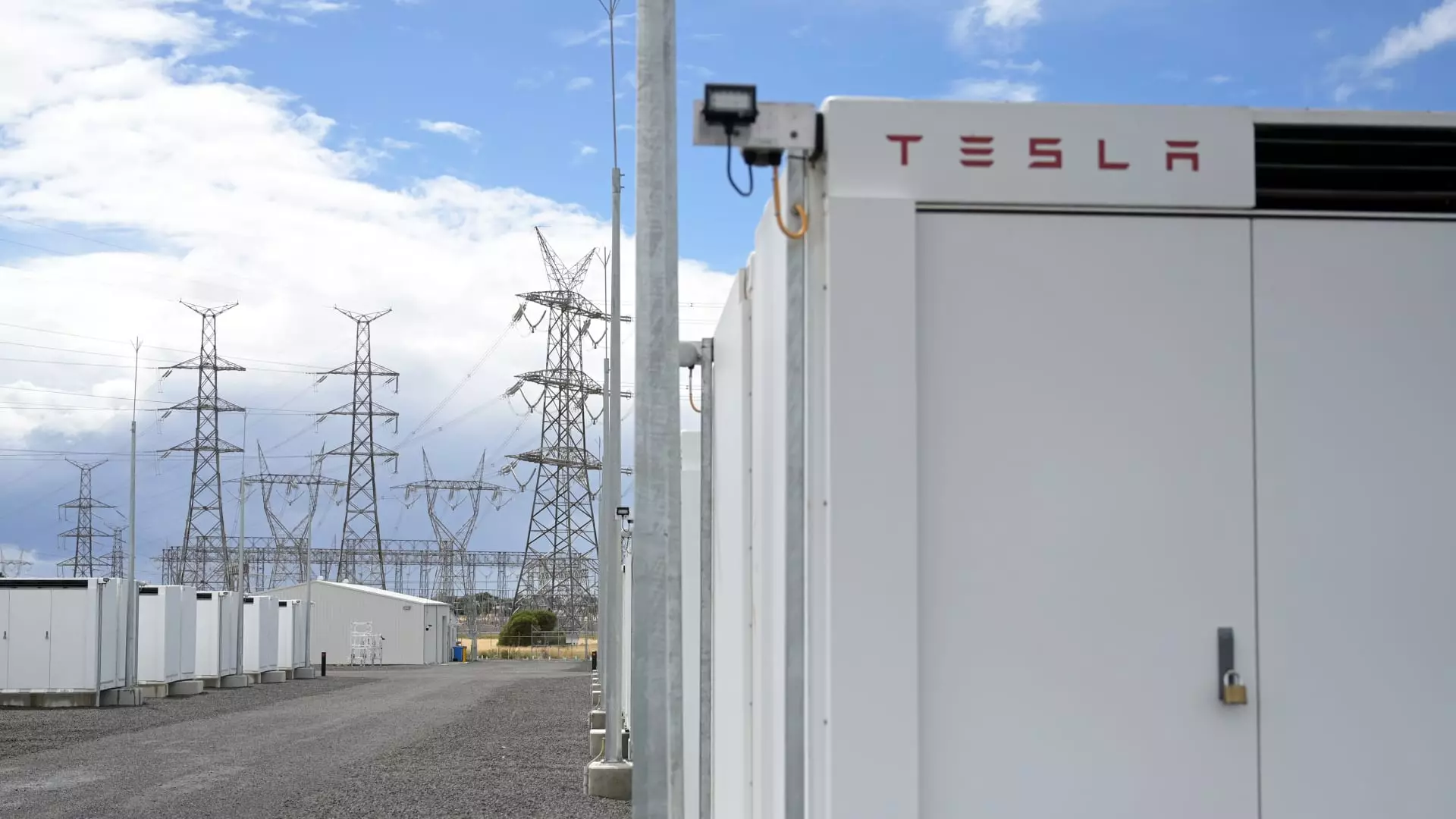In a remarkable turn of events, Tesla has secured its inaugural agreement to establish a grid-scale battery power plant in China, a significant milestone that comes at a time when trade tensions between the U.S. and China are fiercely escalating. This deal represents a strategic divergence from the prevailing narrative of conflict, as it showcases Tesla’s commitment to not just participate in the Chinese market, but to lead its evolution towards sustainable energy. It is a glaring testament to how innovation can transcend geopolitical barriers, even as they loom large in the international arena.
The pivotal project is poised to become the largest of its kind in the country, accentuating the burgeoning need for large-scale energy storage solutions in response to the unpredictable nature of renewable energy sources like solar and wind. This transition is crucial, particularly given China’s ambitious goals for green energy production. Despite the existing friction between the two governments, Tesla is planting its flag firmly in the ground, indicating its belief in a future where sustainable technology trumps outdated political disputes.
Utility-Scale Battery Plant: A Game Changer
Tesla’s innovative approach with its utility-scale battery energy storage systems exemplifies a forward-thinking vision for the future of energy management. By providing a means to balance electricity supply and demand, particularly in urban areas facing high consumption rates, the project offers a concrete solution to the challenges posed by fluctuating energy resources. Tesla’s design, the Megapack, is not merely equipment; it is emblematic of a new paradigm in energy usage.
Each Megapack can deliver substantial power—up to 1 megawatt for four hours—functioning as what has been described as a “smart regulator” within the grid. This reimagining of energy storage is crucial for urban centers that struggle to maintain stable supply amid growing demand, particularly as cities expand and electrification increases. Through this venture, Tesla asserts itself as not only a vehicle manufacturer but a formidable player in the energy sector—one with the potential to fundamentally alter how cities harness and utilize power.
Strategic Positioning in a Competitive Landscape
Nevertheless, Tesla’s entry into the Chinese battery market is not without its challenges. The competition posed by domestic giants like CATL and BYD is formidable, as these companies have aggressively carved out substantial market shares. CATL, holding approximately 40% of the global battery market, has advanced rapidly in both battery development and local manufacturing capabilities. Tesla’s strategic partnerships with Chinese firms may prove pivotal, particularly as the company seeks to navigate a complex interplay of local regulations and supply chain logistics.
Elon Musk’s historical ties with American political figures add another layer of complexity, raising questions about the implications of this deal on Tesla’s broader mission in China. It is a tightrope walk that necessitates delicate maneuvering; any misstep could have significant repercussions, not only for Tesla’s operations but also for American businesses broadly as they strive to penetrate one of the world’s largest markets.
The Future of Energy Storage and Geopolitics
The ambition underlying this project is underlined by China’s substantial targets for battery-powered electricity supply—aiming for a total capacity of 40 gigawatts by the end of 2025. The demand for grid-scale battery installations in this rapidly urbanizing nation underscores the strategic timing of Tesla’s investment. As countries worldwide race to meet their emissions targets, collaboration and innovation will be paramount.
Tesla’s decision to export Megapacks from Shanghai to meet burgeoning global demand further illustrates the company’s commitment to leveraging its manufacturing expertise for the greater good. However, the political backdrop cannot be ignored; the increasing tariffs imposed on imported goods from China suggest an impending storm in U.S.-China relations, potentially overshadowing the positives of this ambitious venture.
Tesla’s resolve to pursue this incredible opportunity speaks volumes about the power of innovation amidst adversity. As the lines blur between electricity supply and ecological responsibility, this battery plant could signify a beacon of hope—demonstrating that the future of energy may indeed depend on our willingness to overcome division and work collaboratively towards a common goal.



Leave a Reply